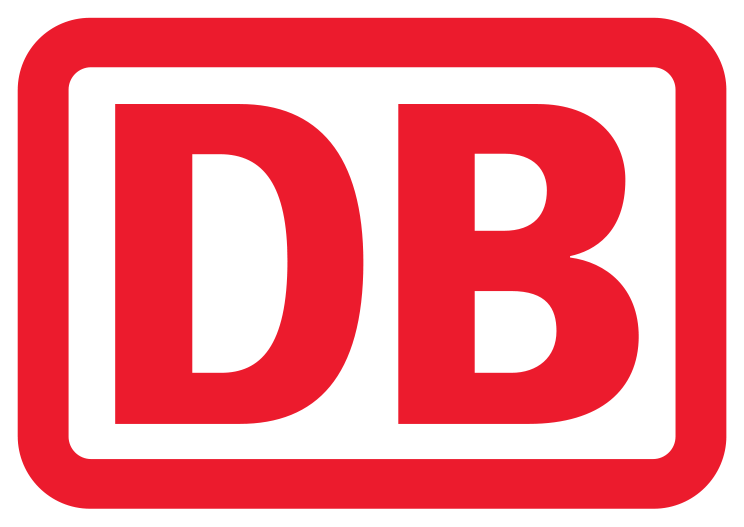Contents
Process steps for price management:
Positioning and objectives
- Procedure Pricing is derived from the positioning.
- Company results and pricing strategy.
- The price from the customer's point of view. Loyalty as a basic factor for profitability.
- Different cost structures for industry and services or digital products.
Analysis as a prerequisite
- What is the cost structure? In particular: How are the variable costs changing?
- Pricing basics: products and channels, classic and digital.
- Three Cs as parameters: Costs, competition, customers.
Calculation
- How is the information turned into prices?
- Consideration of different customer groups.
- Price position in competition.
- Target pricing as a fundamental approach.
Decisions
- Which price line should be followed?
- What is the framework for action?
- How is pricing implemented organizationally?
Price variations
- Variation options by segment, quantity and products.
- Expansion through paragraphs on the Internet.
- New price metrics.
Price psychology
- What do psychology and neuroscience say?
- Effects on customer and pricing behavior.
- Pricing in the course of the product life cycle.
Basics of the control system
- Contribution margin as pricing basis.
- Multi-level contribution margin as a control basis.
- Customer knowledge to adjust the procedure.
Price negotiation
- Enforcement in the price discussion.
- Price scale as a model.
Controlling
- Organizational unit for pricing.
- System support (CRM system) for control and foundation.
Price negotiation
- Enforcement in the price discussion.
- Price scale as a model.
Customer view
- Loyalty as a basic factor for profitability.
Learning environment
In your online learning environment, you will find useful information, downloads and extra services for this training course once you have registered.
Your benefit
This training teaches you:
- the basics of modern price management with the different conditions of traditional and online channels.
- the appropriate pricing approach in line with the marketing strategy.
- the fundamental decisions for success-oriented pricing.
- the possibilities for price variation in the digital age before the question of benefits for the company.
- customer psychology in price management.
- How to proceed in price negotiations to convince your customers.
- controlling the process via customer and product contribution margins.
Methods
Trainer input, case/best-practice examples, exercises and sample calculations, exchange of experience, work aids.
Recommended for
Specialists and managers from the fields of marketing, sales, product management, price management, brand management, product development, controlling, market management, management in B2C and B2B.
Further recommendations for "Price management in practice - How to systematically increase your profit"
1944
32903
Start dates and details
Thursday, 13.11.2025
09:00 am - 5:00 pm
Friday, 14.11.2025
09:00 am - 5:00 pm
- one joint lunch per full seminar day,
- Catering during breaks and
- extensive working documents.

Thursday, 26.02.2026
09:00 am - 5:00 pm
Friday, 27.02.2026
09:00 am - 5:00 pm
Monday, 18.05.2026
09:00 am - 5:00 pm
Tuesday, 19.05.2026
09:00 am - 5:00 pm
- one joint lunch per full seminar day,
- Catering during breaks and
- extensive working documents.
- one joint lunch per full seminar day,
- Catering during breaks and
- extensive working documents.










